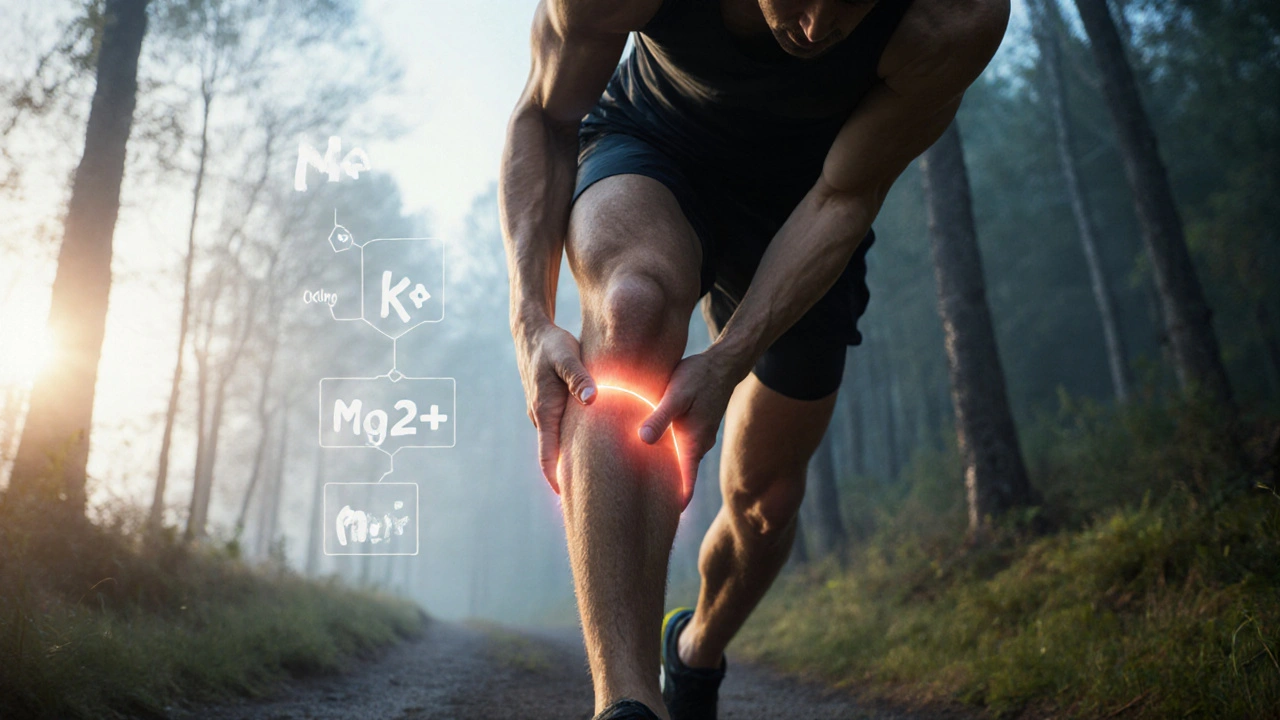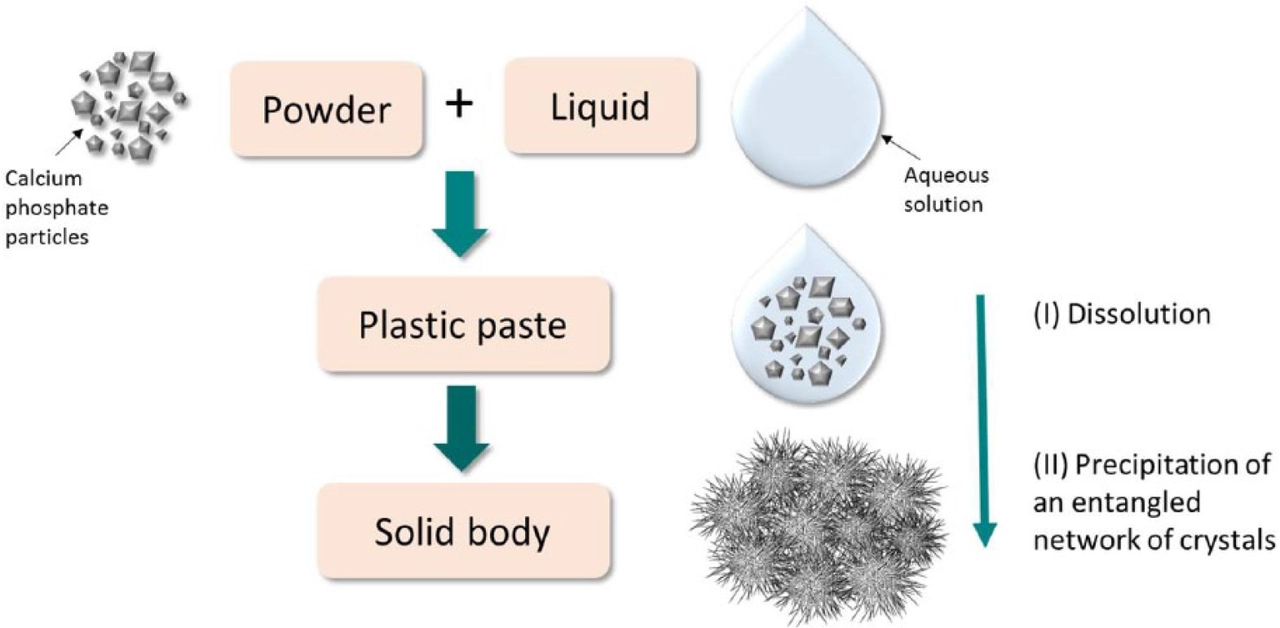How Proper Nutrition Prevents Acute Skeletal Muscle Conditions
Learn how proper nutrition-protein, electrolytes, vitamins, and hydration-can stop sudden muscle cramps, strains, and rhabdomyolysis, keeping you active and injury‑free.
Read moreWant stronger bones and more steady energy through the day? What you eat matters, and small changes make a big difference. This page focuses on straightforward nutrition tips you can use now, with special attention to calcium and phosphorus—two minerals that shape bone health.
You don’t need a complicated plan. Eat a mix of real foods, pay attention to key nutrients, and adjust habits that block absorption. Below you’ll find clear facts, food ideas, and steps to avoid common pitfalls.
Calcium builds bone; phosphorus helps form the bone matrix and supports energy processes in every cell. Adults typically need about 1000 mg of calcium a day (raise to 1200 mg for women over 50), and about 700 mg of phosphorus. Too little calcium weakens bones. Too much phosphorus, especially from processed foods and soda, can throw the balance off and harm bone health.
Good calcium sources: dairy (milk, yogurt, cheese), canned fish with bones (sardines), fortified plant milks, tofu set with calcium, leafy greens like kale and bok choy. Good phosphorus sources: lean meat, poultry, fish, dairy, beans, nuts, and whole grains. Phosphate additives in processed foods are very absorbable—check labels and limit those if you’re worried about bone balance.
Signs that something’s off: frequent bone pain, dental problems, unexplained fractures, or muscle cramps. Those can be related to mineral imbalance, so don’t ignore them.
Start meals with a veggie or protein plate so you’re less likely to reach for salty, processed items later. Pair calcium foods with vitamin D sources—sunlight, fatty fish, or fortified products—because vitamin D helps your body absorb calcium. Avoid drinking lots of cola or energy drinks; they add phosphorus without much nutrition.
If you follow a vegan or dairy-free diet, choose fortified milks and include beans, almonds, and sesame (tahini) for calcium and phosphorus. Spread calcium intake across the day—your body absorbs it better from smaller servings than from one big dose.
Supplements can help, but talk with a healthcare provider before starting them. A simple blood test checks calcium, phosphorus, and vitamin D levels and shows whether you need supplements or a diet change.
Want more detail on how calcium and phosphorus affect bone disease like osteodystrophy? Check the full article in this category for clear explanations and practical steps to protect your bones.

Learn how proper nutrition-protein, electrolytes, vitamins, and hydration-can stop sudden muscle cramps, strains, and rhabdomyolysis, keeping you active and injury‑free.
Read more
Compare Renalka with asparagus, Indian sarsaparilla, small caltrops, and nut grass. Learn benefits, nutrients, safety, and how to choose the right herb for your health goals.
Read more
Curious about rye grass supplements? Get a clear, practical guide to benefits, forms, dosing, safety, and who should avoid them-backed by real evidence.
Read more
As a blogger, I've recently come across the importance of calcium and phosphorus in the development of osteodystrophy. These two minerals play a vital role in maintaining healthy bones and teeth. However, an imbalance in their levels can lead to osteodystrophy, a condition characterized by weak and deformed bones. To prevent this, it's essential to consume a balanced diet rich in calcium and phosphorus, and monitor their levels in the body. Additionally, it's crucial to consult a healthcare professional for guidance in managing these levels and maintaining overall bone health.
Read more